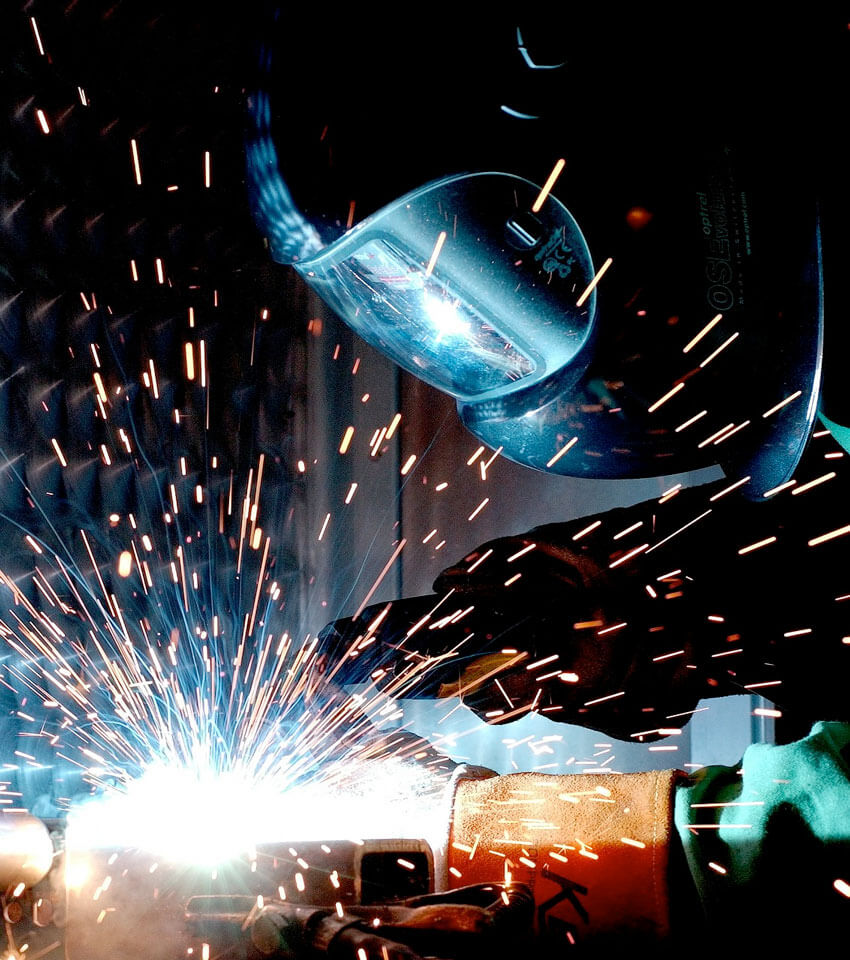What are hot works?
Hot works include any operation that uses open flames of heat and friction.
 Examples include:
Examples include:
- Welding
- Soldering
- Torch cutting
- Grinding
- Hot riveting
- Heat applied to roof coverings
The dangers of hot works
Hot works are frequently used during construction, demolition, renovation and maintenance. As the name suggests, they present a heightened fire risk by involving the use of heat, or the creation of sparks and other sources of ignition.
The analysis of the underlying causes of such fires shows that many could have been avoided with additional vigilance during the pre-work assessments and post-work fire watch periods.
It is important for all staff to understand the full range of activities that constitute hot works, not only those that involve open flames, and for them to ensure that proper processes are in place to manage the additional risks that accompany them.
You may need a Hot Works Permit
Developing and implementing a written hot work permit programme is an essential component of effective facility risk management. Whether being undertaken by your own staff or external contractors, the use of any hot works should always be authorised, monitored and documented.
It is important to note that the majority of property insurance policies will include specific terms requiring the use of a written hot work permit programme. Having a programme in place, and periodically checking for compliance, will help customers to ensure they are meeting the legal, regulatory and insurance requirements that accompany hot works.
Adopting a highly proactive approach to the legal and regulatory environment associated with hot works is important.
Your hot work permit programmes should be tailored to the needs of each specific location and should look to include the following fundamental aspects:
- General risk assessment – Risk assessments should be undertaken when introducing potentially hazardous activities such as hot works. This should be conducted by a person with the appropriate knowledge, training and experience, with awareness of the associated hazards and control measures. Establishing designated hot work areas and requiring written hot work permits for any work outside of those areas, are the best means of achieving this.
- Establishing designated areas – To establish when hot work permits are required, it is important that your customers designate areas. An efficient means of doing this is through updating their site’s general risk assessment to categorise these areas and for them to plot them on a site map or plan.
Areas can be categorised as follows:
- Designated areas – permanent places specifically designed and intended for hot works.
- Non-designated areas – places not designed for hot works, where a written permit is required.
- Prohibited areas – places where hot works should never be permitted. This can include areas featuring fast-burning construction materials, such as polystyrene, or where other combustible liquids, gases or dusts are stored or used with no reasonable means of removing them.
You could highlight the importance of completing a hot work permit programme and ensure you have checked the specific terms relating to the completion of a programme within your insurance policy.
Managing the permit process
It is important that the written hot work permit programme details the following process and that management periodically verifies that staff, contractors and sub-contractors are all following the programme:
- Review of less hazardous work methods
- Compile project-specific work method statements
- Check worker qualifications
- Work area risk assessment
- Authorisation to perform hot works
- Worker acknowledgement
- Periodic work areas inspections
- Final work area inspection
- Permit close out
If you need any help with any permit systems please contact us on 07770 302504 or email joanne@chestnutassociates.co.uk and we will support you, thank you.


